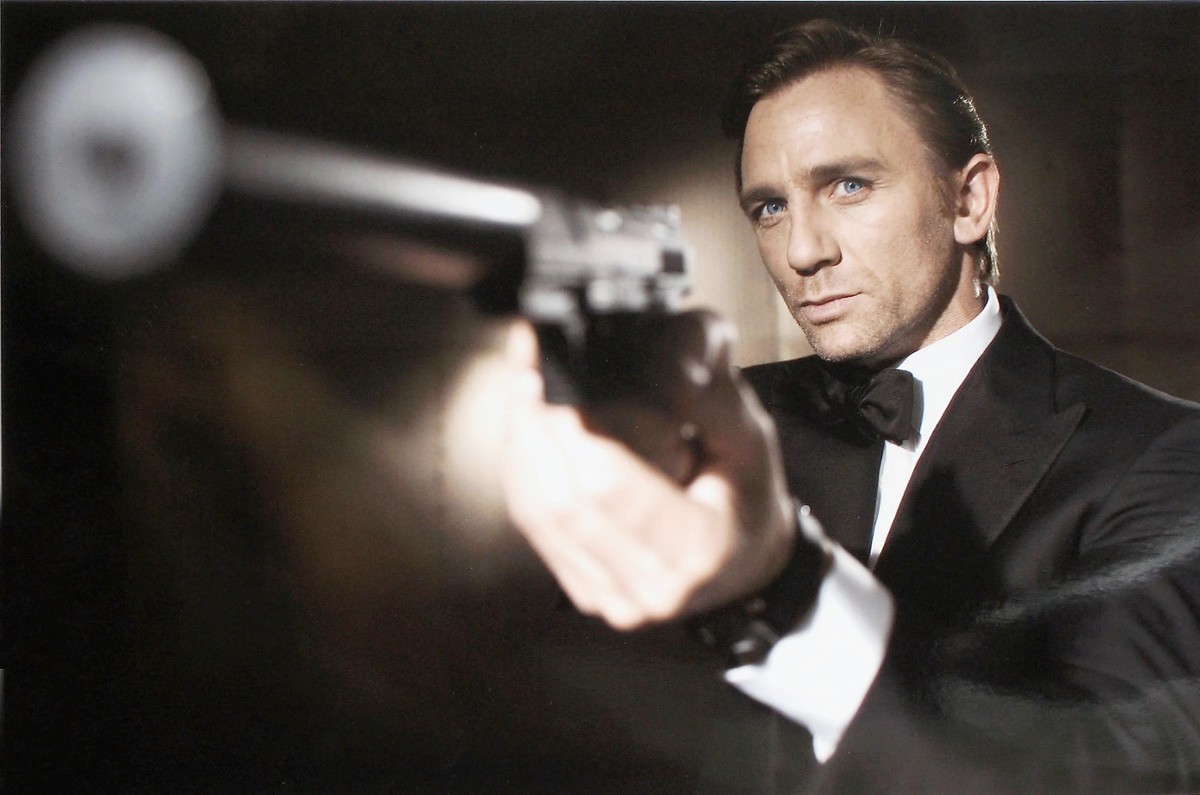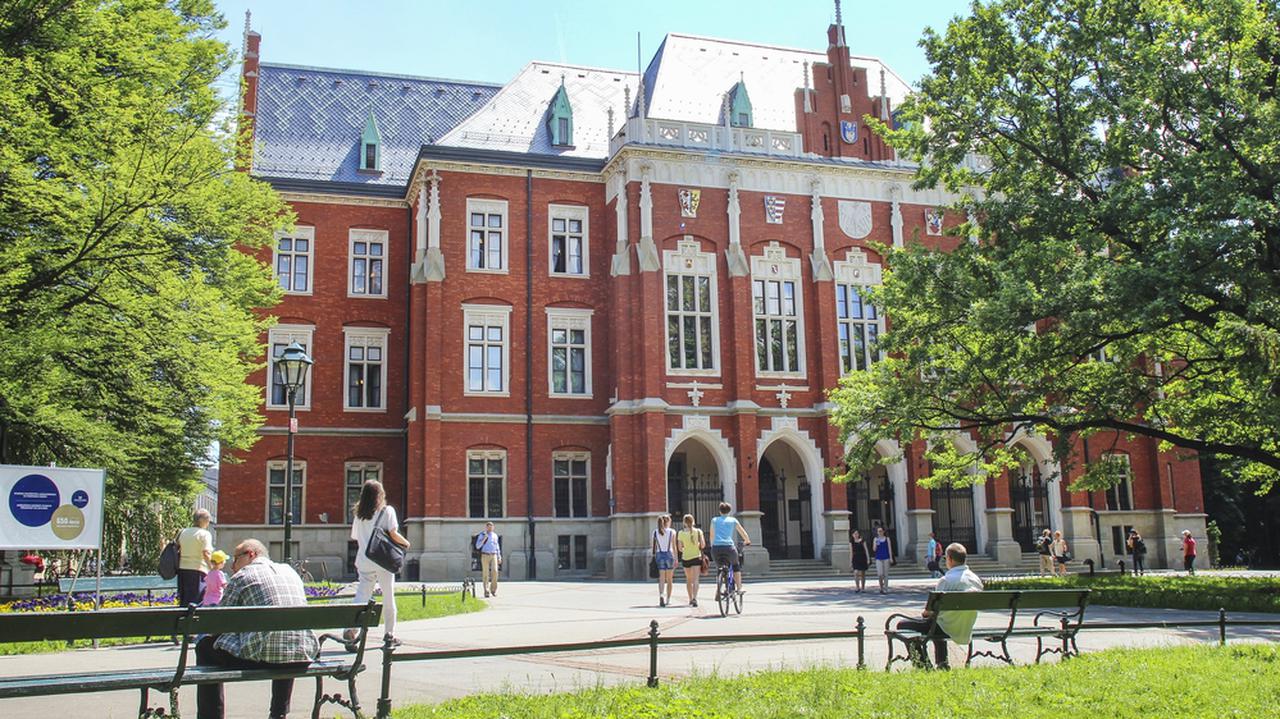There are billions of bacteria, fungi and viruses in the soil which are essential for the proper functioning of the biosphere. It is interesting that soil viruses contain genes that exhibit some metabolic functions but are not essential for correct reproduction. This is called metabolic helper genes (AMG) which produce proteins with different functions – some like enzymes.
Read also: How do viruses evolve? Without these details, the epidemic would have ended…
Physicists have now irradiated samples of crystallized protein with X-rays generated by the Stanford Synchrotron Beam Line (SSRL) 12-2 at the Department of Energy. SLAC National Accelerator Laboratory. Thanks to this, they determined the atomic structure of the protein, the expression of which is affected by specific AMG compounds. Details are described in Nature Communications.
Chitosanase has been targeted
AMGs do not participate in viral replication, but encode various proteins – some with important functions and others with unknown functions. Expressed AMG was the putative enzyme that plays an important role in carbon conversion and circulation in the biosphere.
Dr. Clyde Smith of SSRL says:
We’ve seen the location of each atom in the viral protein, which helps us figure out how they work. We were surprised to see that the protein resembled the known atomic structures of related families of bacterial and fungal enzymes, but that it also contained completely new elements.
According to the researchers, the viral AMG under study encodes an enzyme that carries out chitin-degradation reactions. If this is confirmed, we can talk about a great discovery. Chitin is the second most common biopolymer (after cellulose) on our planet and is part of the exoskeletons of insects and fungal cell walls.
It is worth quoting a few sentences about the protagonist, i.e. the viral AMG in question – it is chitosanase (from the GH75 glycosylhydrolase family). This protein can serve as a garden hoe for the soil, any tool that helps prepare the soil for vegetables, trees, flowers and all other types of life.
Capturing the atomic structure of chitosanase was not easy and required more than 5,000 images of crystal samples. Their incorporation revealed that part of the protein’s structure resembled a known group of enzymes
Carbohydrate metabolism of the GH45 glycosylated hydrolase family. However, the chitosanase protein contains other molecular elements that are not similar to those of GH45 or other known protein structures. This means that its role in the soil cycle is still unknown.
Read also: This is why viruses are transmitted from animals to humans. The culprit has been found!
Dr. Clyde Smith adds:
There is a completely new and innovative part of the enzyme. That’s the exciting thing for me as a structural biologist – to see something we haven’t seen before and then try to figure out its role.
Future research may help explain why AMGs exist even if they don’t help with replication, which is the overarching goal of all viruses.

Echo Richards embodies a personality that is a delightful contradiction: a humble musicaholic who never brags about her expansive knowledge of both classic and contemporary tunes. Infuriatingly modest, one would never know from a mere conversation how deeply entrenched she is in the world of music. This passion seamlessly translates into her problem-solving skills, with Echo often drawing inspiration from melodies and rhythms. A voracious reader, she dives deep into literature, using stories to influence her own hardcore writing. Her spirited advocacy for alcohol isn’t about mere indulgence, but about celebrating life’s poignant moments.









